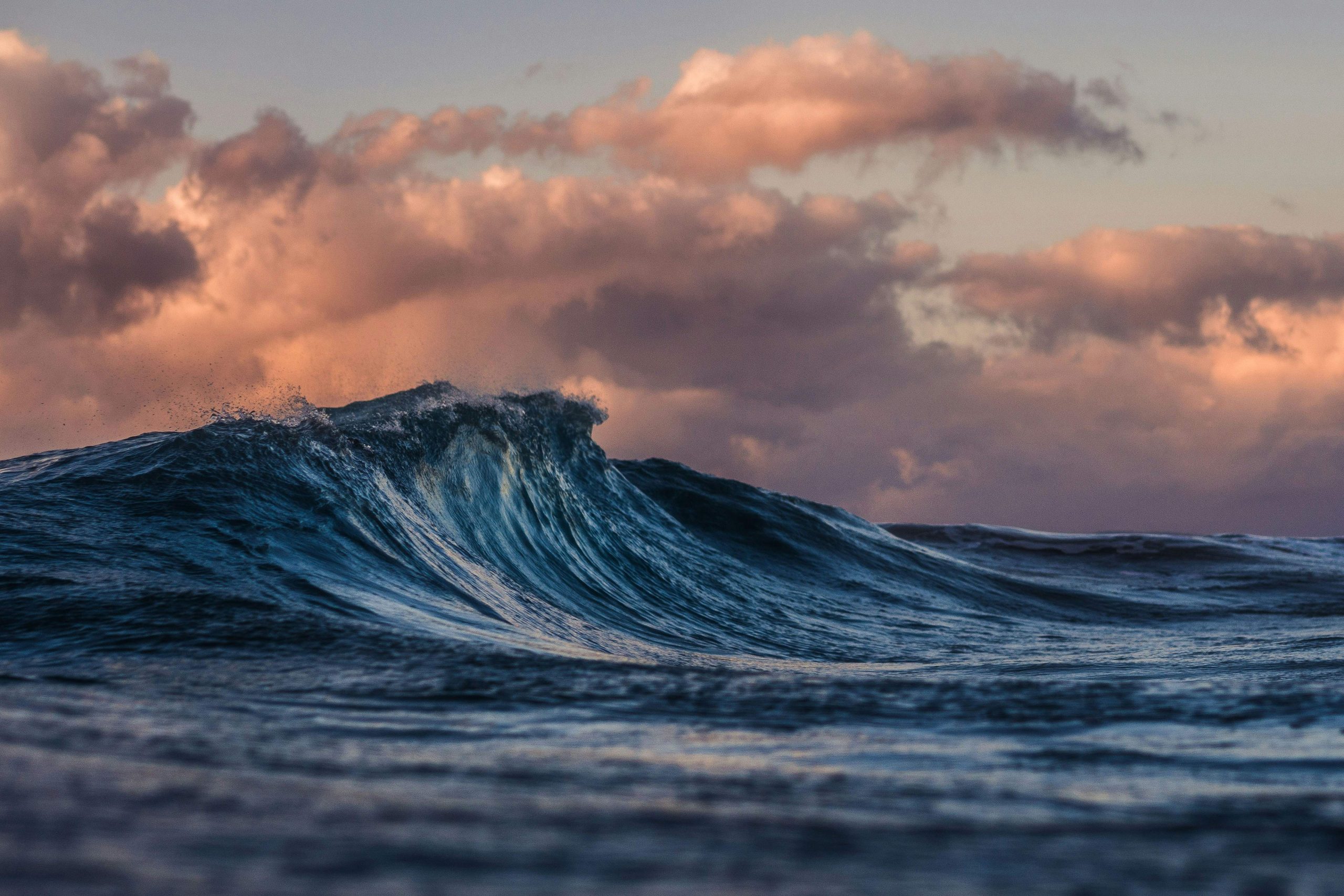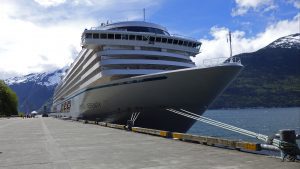A catastrophic earthquake hit Russia earlier this week. The earthquake, which measured as an 8.8 magnitude quake, struck the Pacific coastline of the nation. It specifically was focused about 85 miles off the east coast of the Kamchatka Peninsula. This was one of the largest earthquakes in all of recorded history. It was the actual largest earthquake the world has seen since 2011. The power of the earthquake was so vast that it sent ripples through the Pacific Ocean that ultimately led to a tsunami warning and advisory being issued all the way to the California coast. Alaksa and Hawaii were two of the states expected to be hit the hardest by the wave, with evacuation orders in effect in some areas as well in these states.
The largest wave hit Alaska on Tuesday night.
The wave measured to about 2.7 feet, which was far smaller than experts originally predicted the waves to be. The wave struck Adak Island according to the Tsunami Warning Center. Experts were relieved when the waves began to strike land as they were far more manageable than anticipated. No major damage has been reported from any spot in Alaska due to the waves that struck on Tuesday.
A coordinator from the Tsunami Warning Center spoke with local Alaskan news reporters.
Dave Snider, a Tsunami Warning Coordinator, described what his reaction was like upon hearing about the news of the 8.8 earthquake. He explained that he immediately thought, “Wow. Just wow.” Snider confirmed that the largest waves from the earthquake are believed to have hit the California coast in the early morning hours on Wednesday. These waves measured about four feet tall, hitting Cresent City, California.
Snider was asked to explain why the bigger waves hit California rather than Alaska.
He explained that it’s all based on the direction in which the energy radiates out. It just happened that this time around, the energy seemed to focus in the direction of California. However, there are instances in which it could be the opposite, and Alaska does see bigger waves.
Snider continued to explain what the agency means when they say a tsunami wave’s height.
Tsunami wave height represents the number of feet that the wave went above the mean high-tide line. So, in the case of the 2.7 foot wave that struck Alaska, the wave was 2.7 feet above the mean-high tide line of that area. He pointed out a very important detail when explaining this. He stated that with water levels rising on average, the mean high-tide line is rising too. This means that tsunamis are higher than they used to be by nature of climate change.
Luckily, no reports of serious damage or injury have been made regarding the tsunami.




